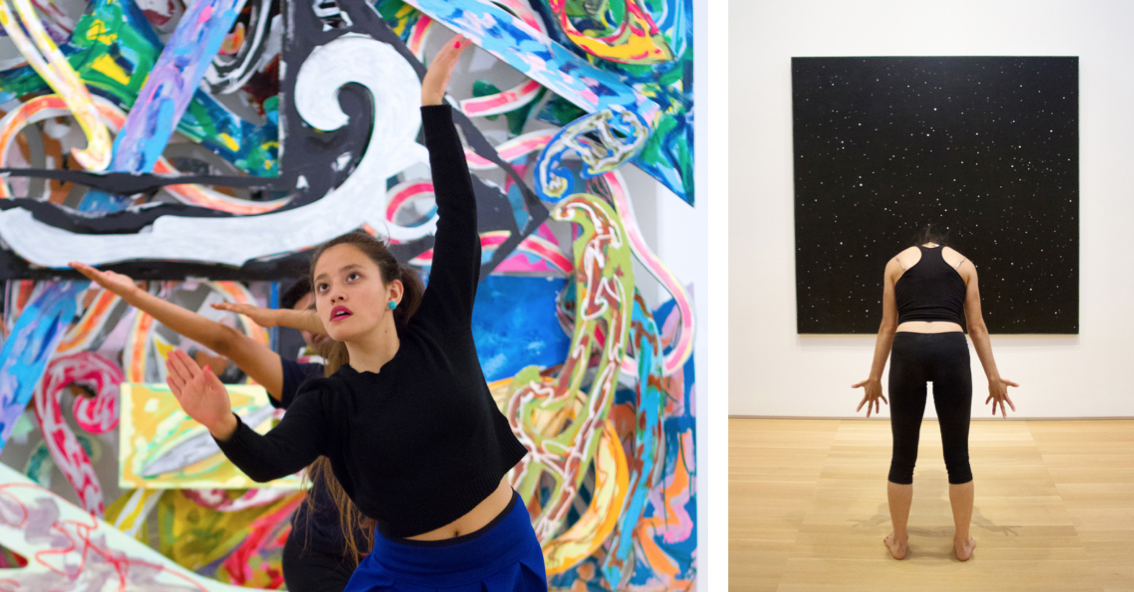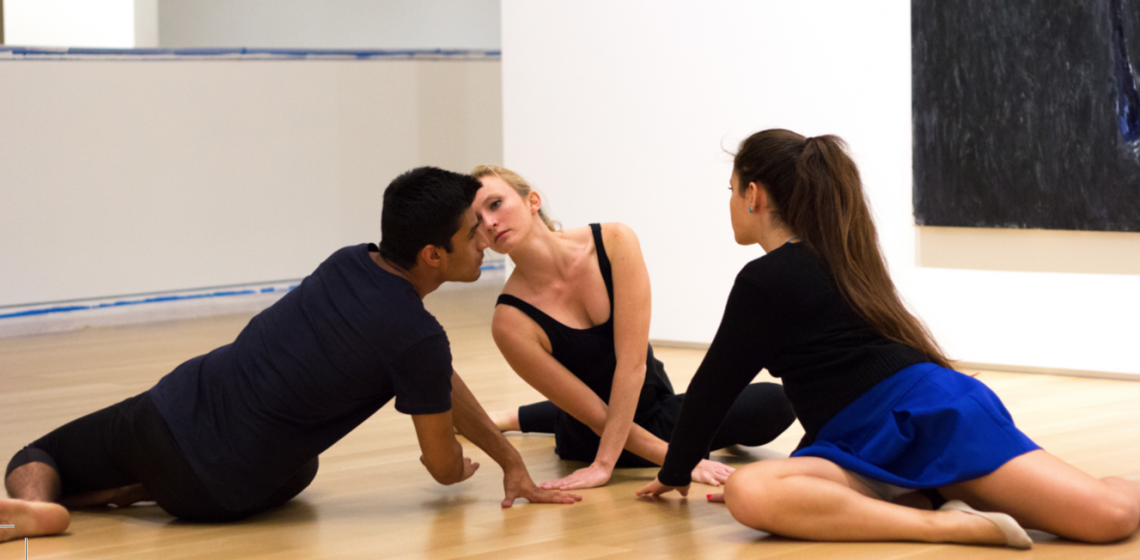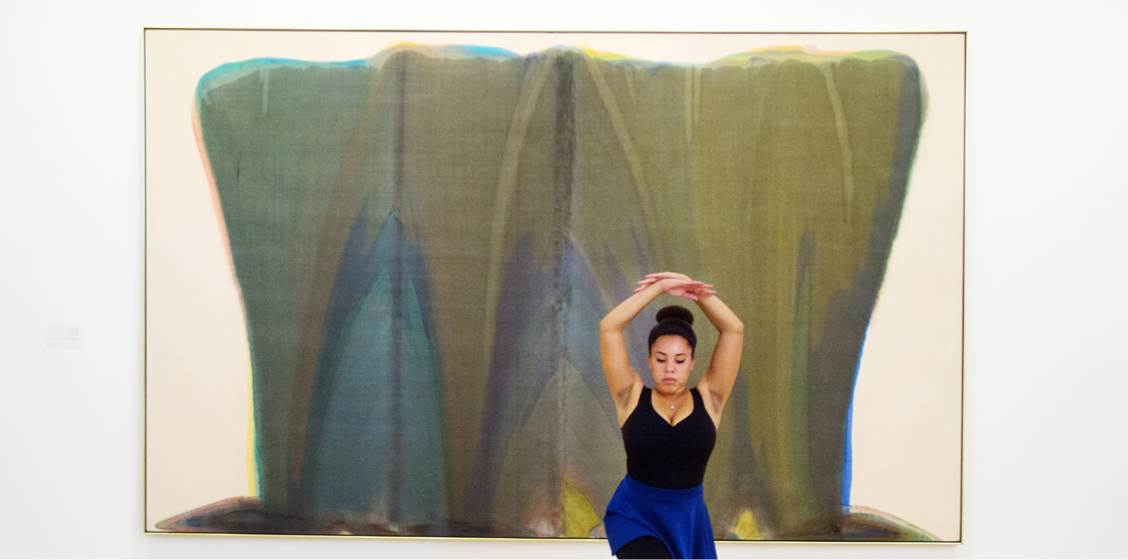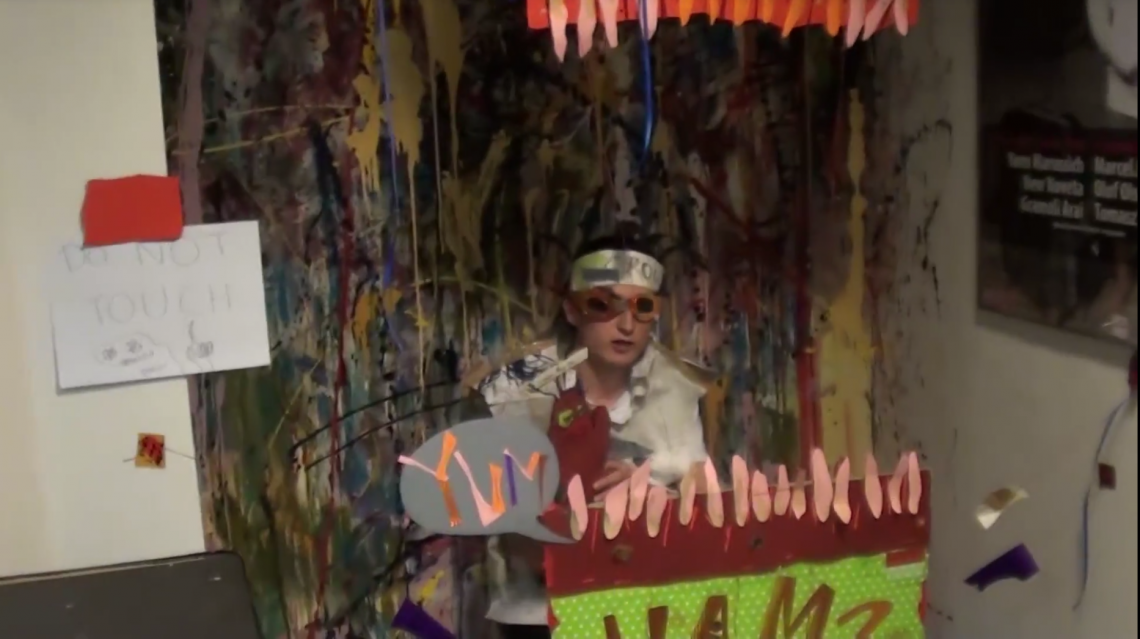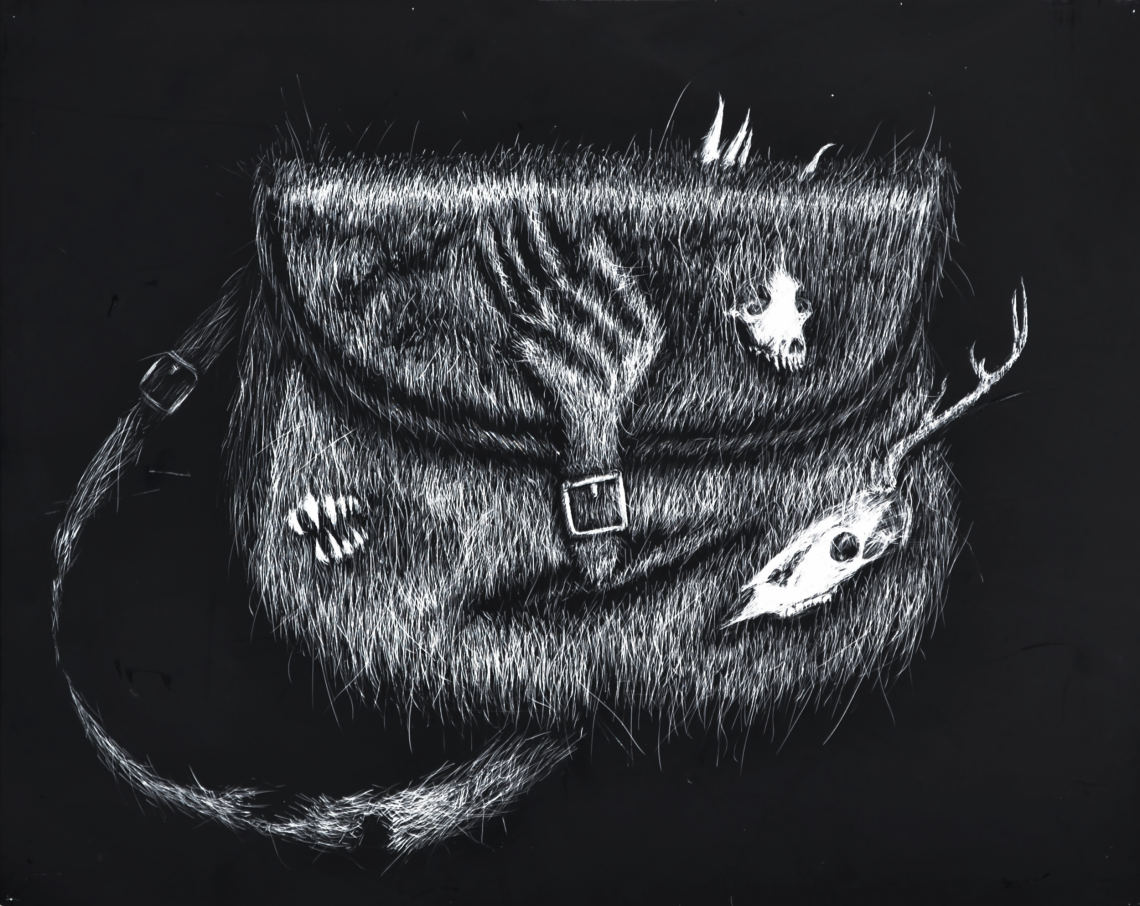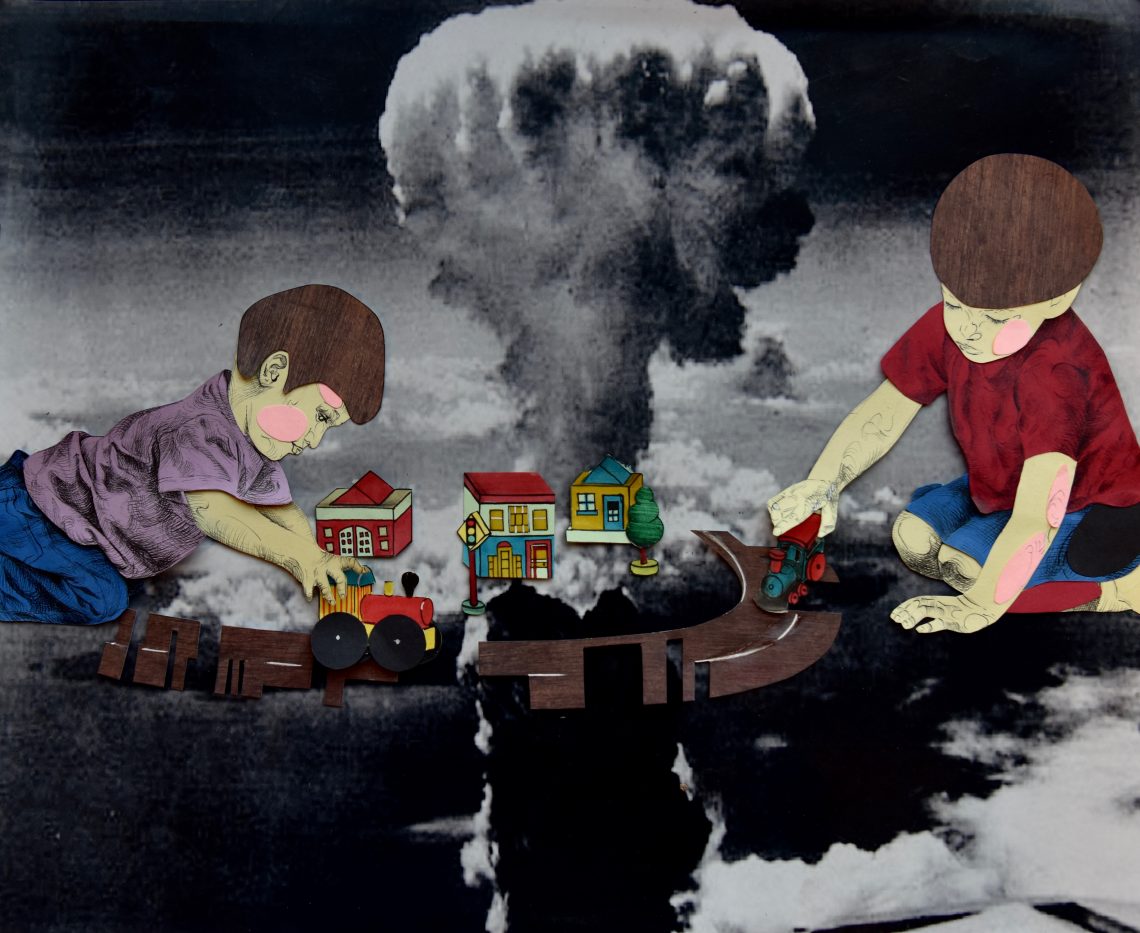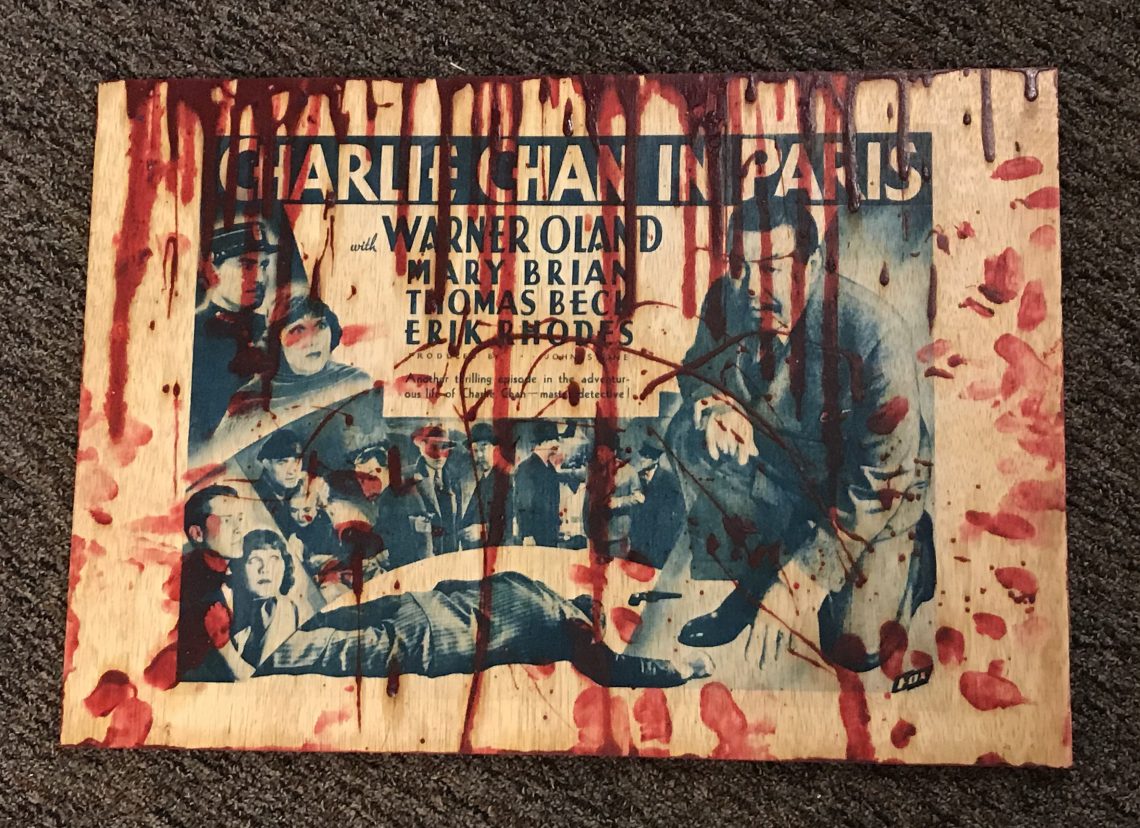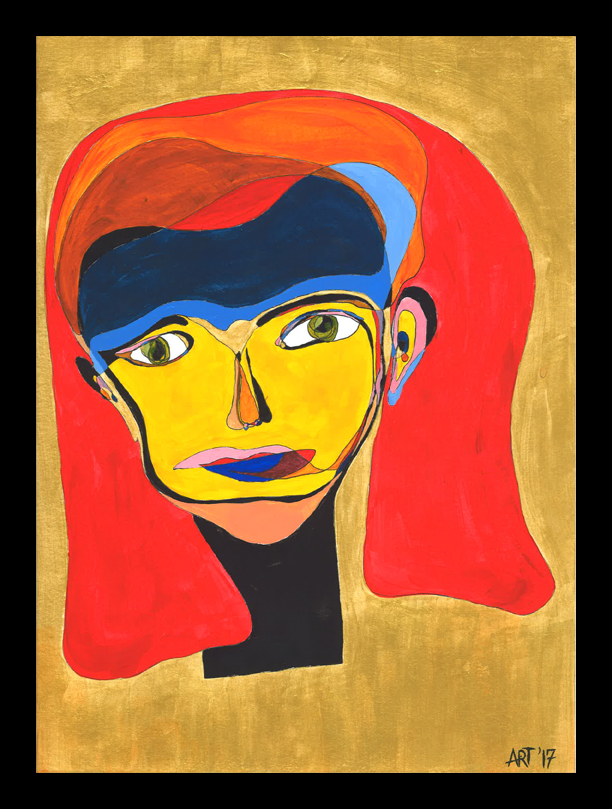Scene in Action
Director’s Notes
I had a revelation about the performance Scene in Action a few weeks ago. My original vision was to bring undergraduate students into two incredible spaces – the Cantor Arts Center and the Anderson Collection – to develop a kinesthetic, spatial and intellectual dialogue with the art. After all, Robert Frank was a contemporary of the abstract expressionists. And weren’t they all listening to jazz while they hung out and made work? Surely the dancers could learn something from the methods and extraordinary results of Frank and his contemporaries. The journey of making this performance installation has changed the way I think about the relationships among visual, plastic and sonic art.
This project started in September with the Stanford Arts Intensive, a full immersion program workshop that culminated in a showing at the Bing Concert Hall. During our workshop we composed lively and idiosyncratic dances. We listened to brilliant Stanford faculty, curators and guest speakers such as Connie Wolf, who taught us to look at a photography, Alexander Nemerov, who brought a single painting, Jackson Pollock’s Lucifer to life, and piano virtuoso Tammy Hall, who sat at the piano and played 30 years of jazz music off the top of her head. Students made engaging presentations on topics such as Charlie “Bird” Parker, and the Madison line dance during “inspiration hour,” led by TAPS grad student So Rim Lee. We were royally schooled in the art, music and the mores of the late 1950s and early 1960s.
When the fall quarter officially began, we spent more time in the museum spaces. Our first assignment was not to break anything while marveling at the art and trying to discover what attracted us to it. (When Jason Linetsky began to smile, we felt more at home at the Anderson Collection. Even the museum guards began to recognize us at the Cantor). The second task was to learn the architectural space, to feel the light, to measure our limbs in the air.
The third phase – and this was what struck me after rehearsing for four weeks – was realizing that the dancers and musicians were not there to enliven the gallery space; rather, the character and essence of our performance was being transformed by the power of the work.
We hope that our encounter with the work and the incredible art-filled spaces of the Cantor and Anderson Collection will give those who view the art and the architecture the same feelings of awe and humanity that we discovered.
View the full Scene in Action Catalog (PDF)





